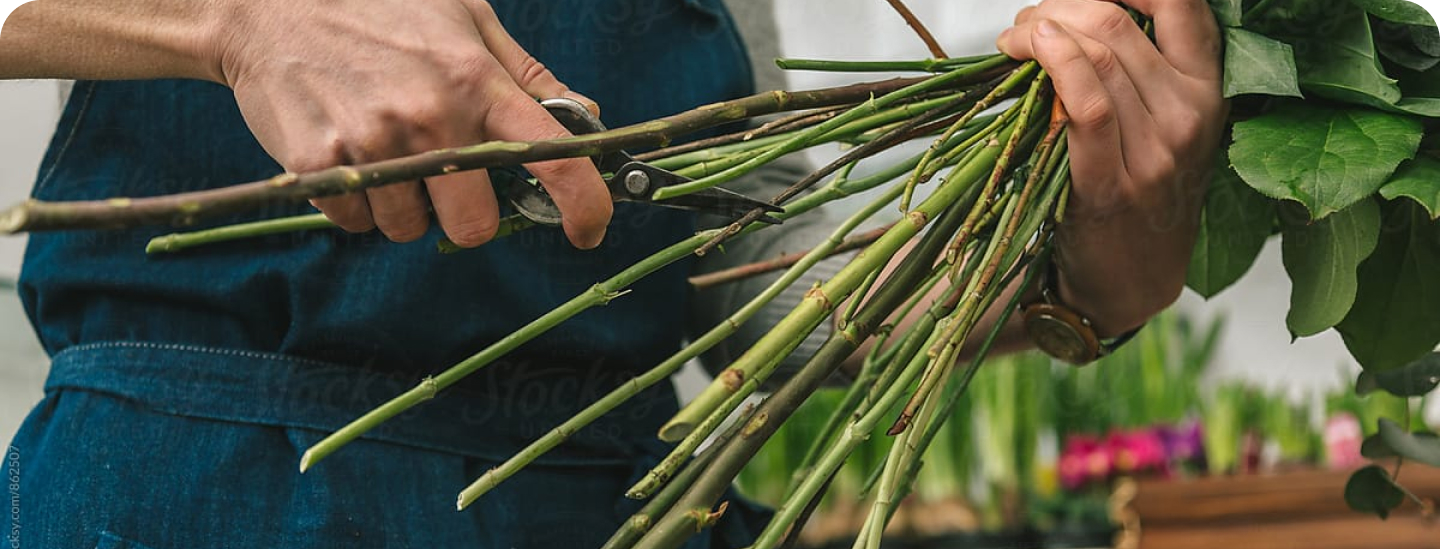Reforming education
Across the world, floral design education is overdue for an overhaul.

Floral design is out-of-date and out-of-sync with current thinking and ideas about sustainability.
We’ve created a new school of thought to transform floristry for the future.
Floral design education everywhere is due for an overhaul.
The issues of pollution, climate change and loss of biodiversity are in the news every day, but it seems that many floristry education programs are behind the times.
While environmental protection organisations are begging us to drastically reduce our dependence on single-use plastics, many mainstream floristry courses are still teaching design methods that are not supported by systems of thinking that protect the earth.
For an industry that celebrates the beauty of nature, there is a great disconnect between floral design and natural processes. Florists are graduating and entering the industry in a confusing time. “That’s how it’s done” doesn’t stack up in the real world anymore.
SFN teaches florists how to make better decisions
Every day, a working florist makes hundreds of different decisions, from the flowers they select, to the designs they create and the packaging they choose. Decisions are made around scheduling orders, employees, weather and transport.
Being more sustainable rests on better decision-making. And to make better decisions, we need to know what a better decision is.
At the heart of SFN education is learning about the processes and impacts of systems with which we engage: farming flowers, manufactured materials, waste disposal and transport. Through learning about the complete life-cycles of the materials we use, we understand how our choices impact the planet and how we can reduce our environmental footprint through our floral design.
We’re not here to teach you how to construct a bouquet. We’re here to show you the kind of thinking that will result in the most sustainable bouquet possible.
The SFN makes the science behind these processes accessible and relatable. We’ve created a new school of thought – just for florists.


